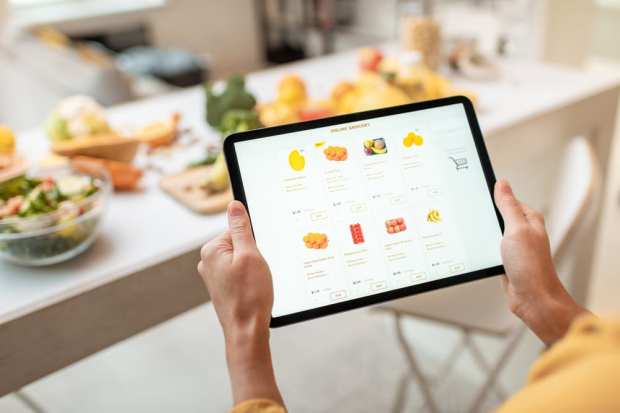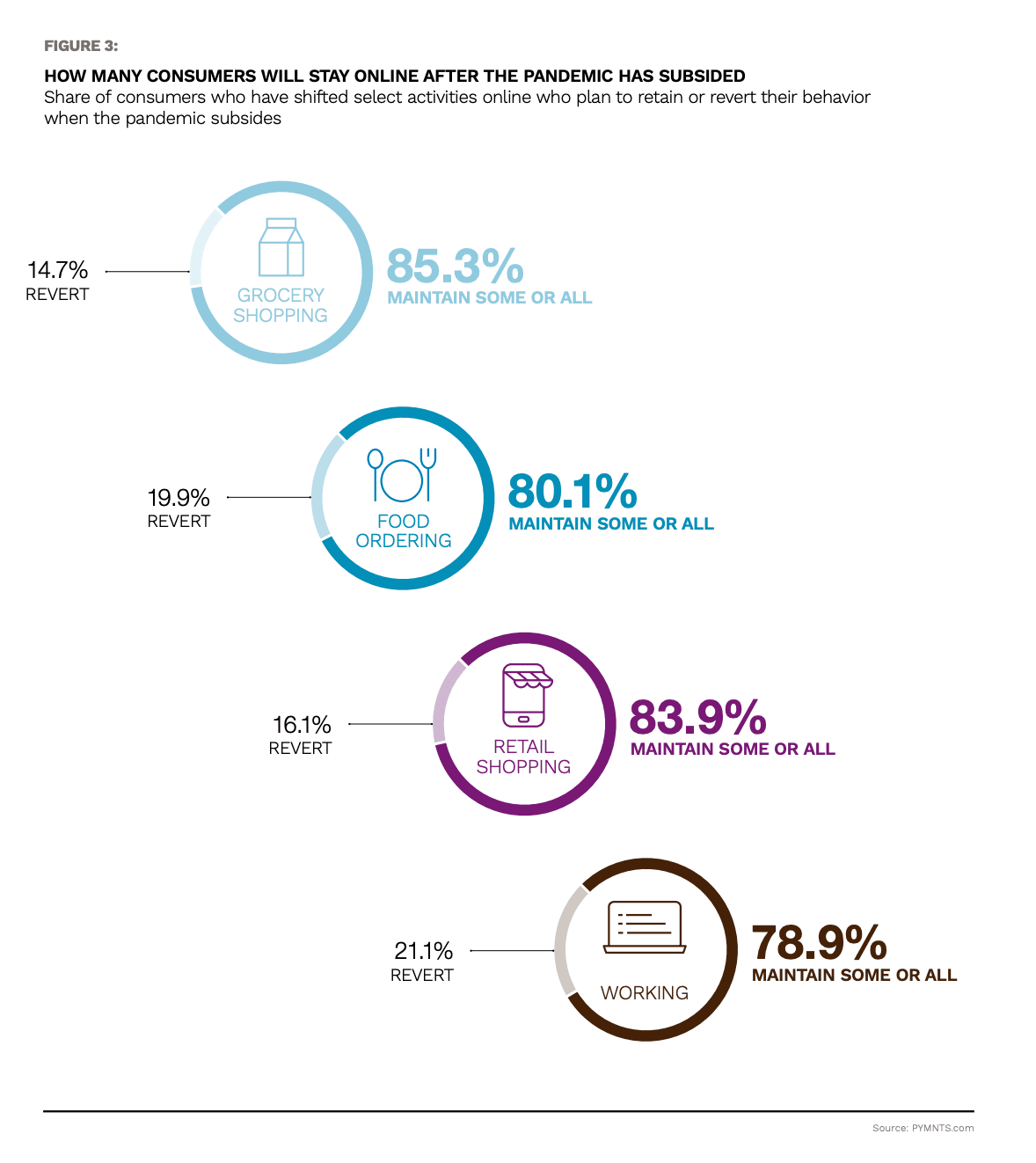‘Pandenomics’ Report: Digital-First Dominates COVID-Era Spending

It’s that time of the year when the leaf-peepers and early-gifters start thinking about the winter holidays and familiar routines of budgeting and buying. This year, of course, there are changes.
When PYMNTS began surveying consumers and businesses on March 6, it was already a different world — people just didn’t realize it yet. As PYMNTS researchers have periodically done through the arc of the pandemic, they back again on Sept. 10, asking a census-balanced panel of nearly 2,000 American consumers about shopping and payment preferences in the winter of COVID, and how emerging market forces continue to reshape U.S. commerce.
Considering the finding that “the average consumer now believes it will take 374 days before the pandemic’s impact on their lives subsides,” information is one of the best tools available to plot the retail revival, and American life generally. PYMNTS’ latest installment in this series, The Emerging Post-COVID-19 Consumer: Mapping The Evolution Of Consumers’ Shifting Payment Preferences, details topical divergences in consumer behavior, and how businesses can adapt fast.
Grocery Is the New Bellwether
Picking winners and losers rarely works at racetracks, and it’s too early to make accurate predictions about seasonal records either way. But some patterns are clear.
“The biggest change of all will likely be the share of consumers shopping for groceries online. Our research shows that 85.3 percent of consumers who have shifted to grocery shopping online plan to maintain at least some and possibly all of their new digital shopping habits,” per the report, “meaning only 14.7 percent plan to resume shopping in physical grocery stores.”
While sheer convenience explains much of the appeal of grocery delivery, PYMNTS research again found that fears of contagion are very much driving consumer behavior. “Consumers who are grocery shopping online now more than they did before the pandemic cite similar concerns. Our research shows that 57 percent are grocery shopping online more because they worry that shops are crowded, and 56.3 percent are doing so because they are worried they will be infected if they go to the store,” per the latest report.
Researchers found other drivers at work behind grocery’s digital shift. The report notes that over half of consumers (51.9 percent) are grocery shopping online “because services such as curbside pickup work better now than they did before the pandemic’s onset. This share has sharply risen: 35.9 percent were grocery shopping online on May 23 and 28.5 percent were doing so on April 27.”
 Generational Tastes and the Power of Convenience
Generational Tastes and the Power of Convenience
There are generational differences, as expected, although commonalities do exist across age groups.
For example, PYMNTS researchers found that “the most common reason consumers say they want to shop with merchants with digital offerings is the fear that they might contract COVID-19. This reasoning is most prevalent among baby boomers. Forty-seven percent of baby boomers and seniors who choose merchants for their digital offerings say it is because they might otherwise contract COVID-19, and 41.5 percent of Generation X consumers and 33.6 percent of millennial consumers say the same.”
Then there are preferences, many of them also generational in nature, which are also driving decisions. While high- and mid-income earners are loyal online shoppers, the report found that “low-income consumers prefer to shop from home. They are more likely than members of any other income bracket to prefer shopping with merchants that offer digital capabilities, because this allows them to shop without going to the store: 19.3 percent said so. This compares to 10.8 percent of high-income consumers and 13.2 percent of mid-income consumers.”
So, while disease fears continue to cast a long shadow over U.S. commercial activity, the fact is that there have been gains and losses due to COVID, and many big ones look to be permanent.
“Many consumers have genuinely come to enjoy the digital-first shopping experience, whether they order food for delivery via aggregators, purchase retail products for curbside pickup or use touchless payments in stores,” concludes The Emerging Post-COVID-19 Consumer: Mapping The Evolution Of Consumers’ Shifting Payment Preferences. “These consumers find that the speed and convenience of these digital capabilities is just as appealing as their cleanliness, and this preference has driven most to decide they will never revert to their pre-pandemic shopping habits. The longer the pandemic rages on, the less likely it becomes that consumers will return to in-store shopping, regardless of what news makes future headlines.”
